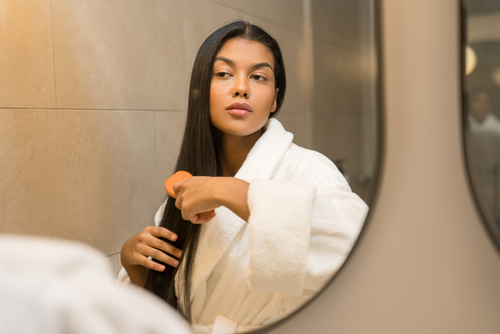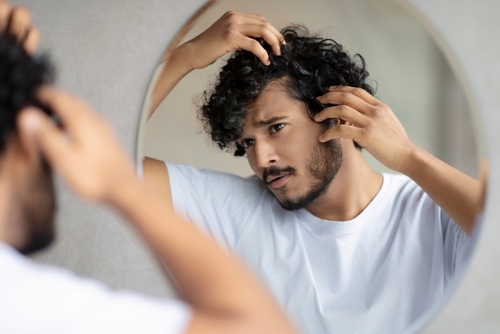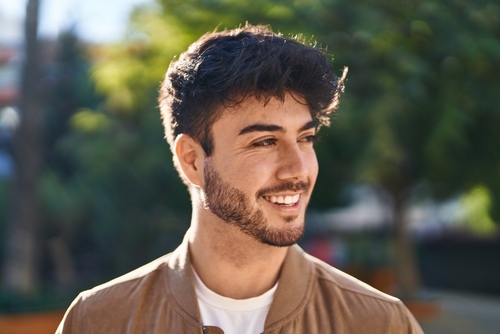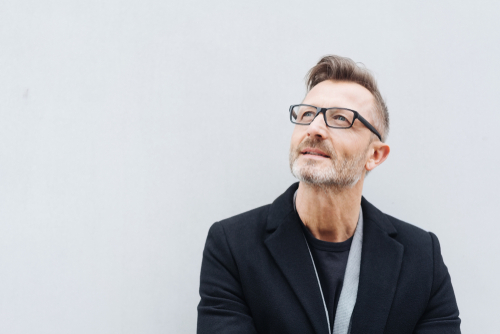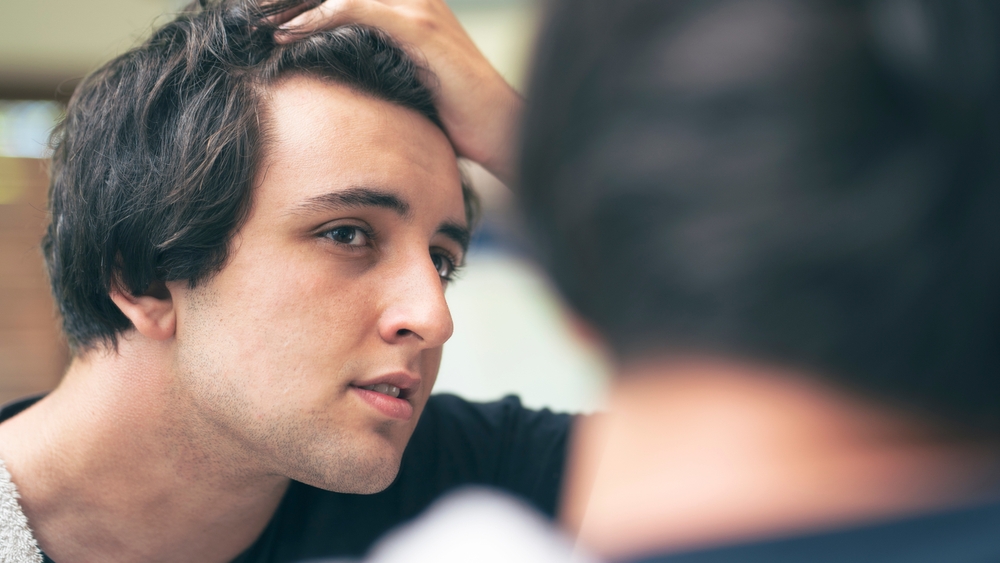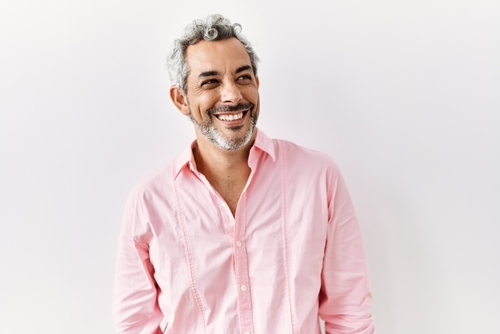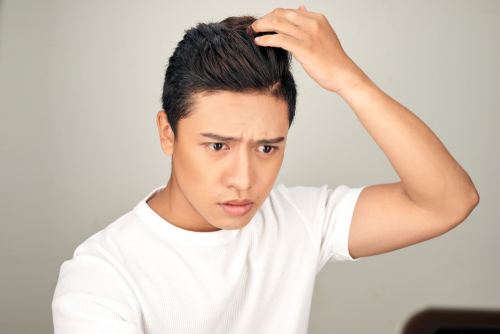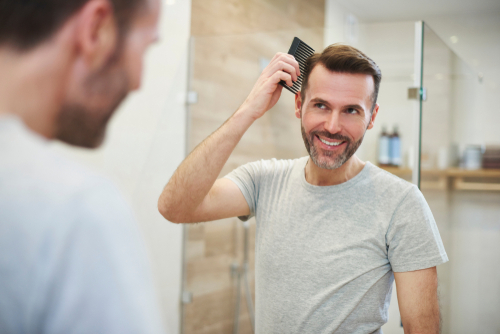
PRP injections are a great way to restore hair growth, rejuvenate the skin, or even heal injuries. Many see outstanding improvements in hair loss and find that PRP injections can help regrow their hair naturally without undergoing an invasive procedure.
However, while platelet-rich plasma injections have proven successful in treating hair loss, they aren’t FDA-approved, and some are concerned about the potential fallout they may cause. This shouldn’t be a concern if you are considering PRP injections for hair loss.
Does PRP Cause Hair Shedding?
After the first initial session, it’s common for some patients to experience hair fallout due to the nature of PRP injections. However, this is not something you should be concerned about, as this is normal for the treatment.
PRP injections move into areas with dead hair follicles and can push out old hair that has stopped growing, which is what causes hair fallout. As dead hair follicles awaken and grow, it can push out additional hair, creating the worry that you are losing your hair. However, the new, healthy hair is simply replacing the old.
How Long Will PRP Hair Shedding Last?
The initial stages of PRP hair shedding typically begin around six or ten weeks after your first session. The shedding can last for eight weeks as the hair grows, pushing out dead hair follicles. However, this process is unique to the patient and depends on how many dead hair follicles must be pushed out.
When hair shedding occurs, it’s essential to remember that this is a normal part of the hair regrowth process. It means your hair follicles are reawakening, and the PRP injections create new, healthy hair.
PRP For Hair Growth
PRP is an excellent solution for those who are struggling with hair loss. Hair shedding is a natural part of the process and means your hair injections correctly interact with hair. PRP for hair loss can be incredibly beneficial and often helps patients avoid more invasive hair loss solutions. It’s a natural process that encourages the patient’s hair follicles to grow and promotes healthy, natural hair.
Conclusion
PRP in Seattle helps every patient achieve natural hair growth and combat the effects of hair loss. They can help you avoid invasive procedures and achieve your hair growth goals. Through dedication and experience, the providers use the best PRP injection treatments for hair loss.


